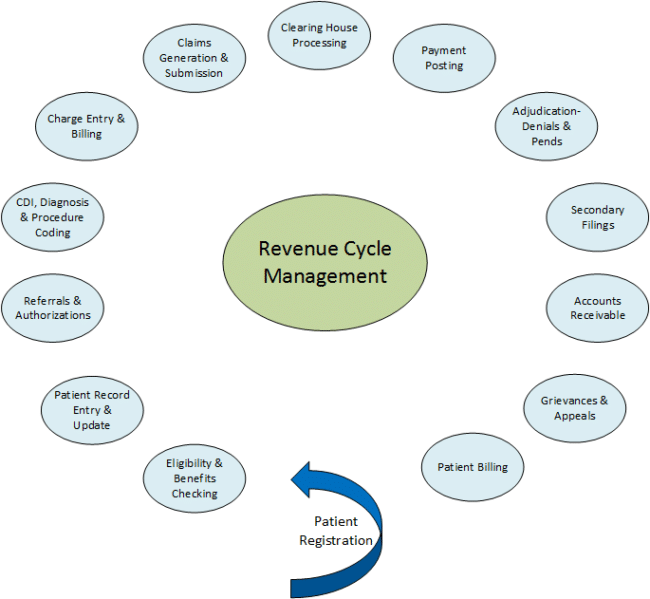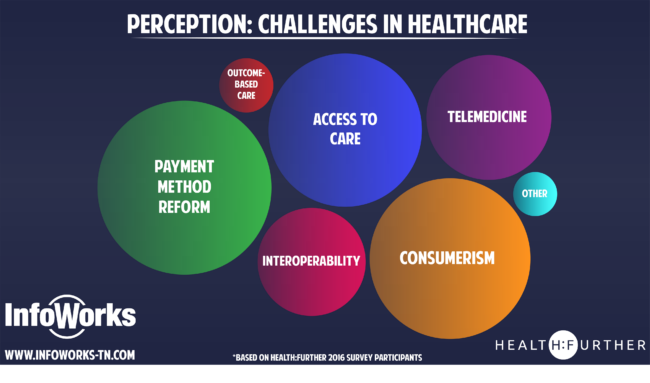One of the best and most underutilized uses for a Takt Time study is the creation of accurate staffing models.
In healthcare, having an accurate staffing model is crucial for providing quality patient care while managing costs and limiting wait times. One effective tool to achieve this is Takt Time. In this article, we will explore how to use Takt Time to create an accurate healthcare staffing model.
What is a staffing model in healthcare?
A staffing model in healthcare is a plan or framework used to determine the appropriate number and mix of employees needed to deliver quality patient care. It involves assessing workforce requirements and developing strategies to ensure that the right number of employees with the right skills are available at the right time. An effective staffing model in healthcare helps optimize staffing levels, improve patient outcomes, and enhance the overall efficiency of healthcare delivery.
What is Takt Time?
The term Takt derives from the German word taktzeit, which is often referred to as the heartbeat or drumbeat of production. Takt Time is a lean manufacturing concept that refers to the rate at which a product needs to be produced in order to meet customer demand. In the healthcare industry, Takt Time can be used to determine how to staff a clinic to best meet customer demand (patients scheduled per hour) and not have excessive wait times. One of the best and most underutilized applications for a Takt Time study is the creation of accurate staffing models for healthcare clinics.
Takt Time = Total Available Production Time / Average Customer Demand
Steps to Create a Healthcare Staffing Model Using Takt Time
Step 1: Determine Total Available Production Time
Your total available production time is represented by:
- The hours of operation for the clinics or area you are staffing.
- The time and duration of staff breaks.
Step 2: Determine Average Patient Demand
Your average customer demand is represented by:
- The average number of patients scheduled in the clinic.
- The scheduled arrival time.
Generally, patient demand data can easily be pulled from the Electronic Medical Record (EMR). It does not have to be a detailed account. You simply need to know how many patients on average arrive each hour that the clinic is in operation.
Step 3: Determine Cycle Time
To adapt the Takt Time calculation to healthcare staffing, it is necessary to combine the Takt Time calculation with a cycle time specific to the area you are staffing.
Cycle time represents how long it takes the specified group to complete their work for one patient. For example, in the lab, this may pertain to the phlebotomist. In the clinic, it could be nurses or other clinical or clerical roles. Most healthcare clinic roles have benchmarks for how long it takes to see one patient from start to finish.
Step 4: Calculate
Once all the necessary data has been collected, you can calculate the staffing model and plot it on a graph to assist in making more informed decisions.
For healthcare industry purposes, Takt Time is calculated by taking each hour and dividing it by the number of patients who arrive during that time frame. For example:
60-minutes / 6 patients = 10-minute Takt Time
Next, establish the staff necessary to meet that demand by dividing the cycle time for the process by the takt time. For example:
30-minute cycle time / 10-minute Takt Time = 3 employees to meet demand
You can also increase the accuracy of your model by accounting for other factors that can impact staffing needs. For example, breaks for staff members, time for training and development, and administrative tasks should be considered when determining staff requirements. This will help to ensure that staff members have the necessary resources and support to provide quality patient care.
In our example, instead of 60 minutes for available production time, you may want to use 30 minutes if the staff is on a 30-minute lunch break while patients are still arriving at the clinic.
Use Cases for Takt Time in Healthcare Staffing
Taking the model a step further, it can be used to identify certain staffing analytics. Once a staffing model is created with Takt Time, there are many options to explore.
Reduce Patient Wait Times
Your Takt Time model can recommend the number of staff necessary to have no wait time for all patients. If this is too aggressive, you may allow for some wait time by adjusting the cycle time up to an appropriate level.
It’s even possible to use the model to determine how to keep the same patient wait times with fewer staff.
Using the same sample data as the example above, you can troubleshoot ways to decrease the 30-minute cycle time to a 20-minute cycle time, which would allow for the same amount of work with 1 fewer employee. For example:
20-minute cycle time / 10 minute Takt Time = 2 employees to meet demand
Improve Patient Scheduling
A Takt Time analysis may show there is a need to adjust scheduling to create a steady stream of patients throughout the day instead of the majority arriving early in the morning.
Putting Takt Time and Data to Use
Overall, a healthcare staffing model created with Takt Time is designed to be straightforward to build, easily understandable, and adaptable to a wide variety of situations.
In my experience at InfoWorks, a management consulting firm specializing in healthcare workforce solutions, a Takt time staffing model is an excellent tool for creating healthcare staffing analytics based on scheduling, patient demand, and current clinic processes. I suggest using this powerful tool for deciding what to change, and by how much, to leverage current clinic processes and staffing capabilities.





